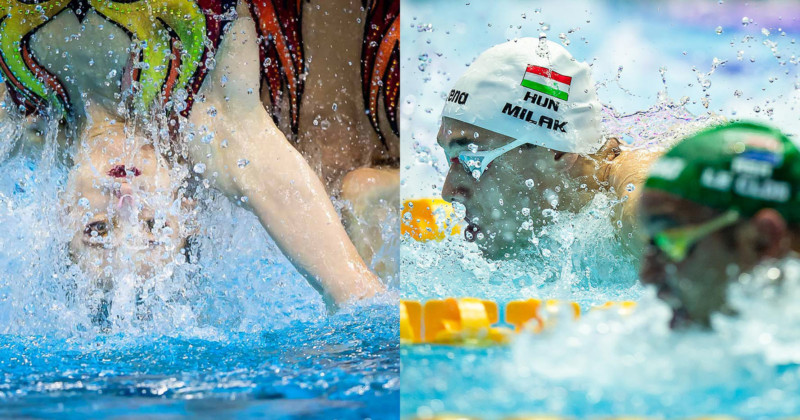
My name is Andy Chua, and I’m a professional photographer based in Singapore. In this article, I’ll share tips for nailing your action shots in sports photography.
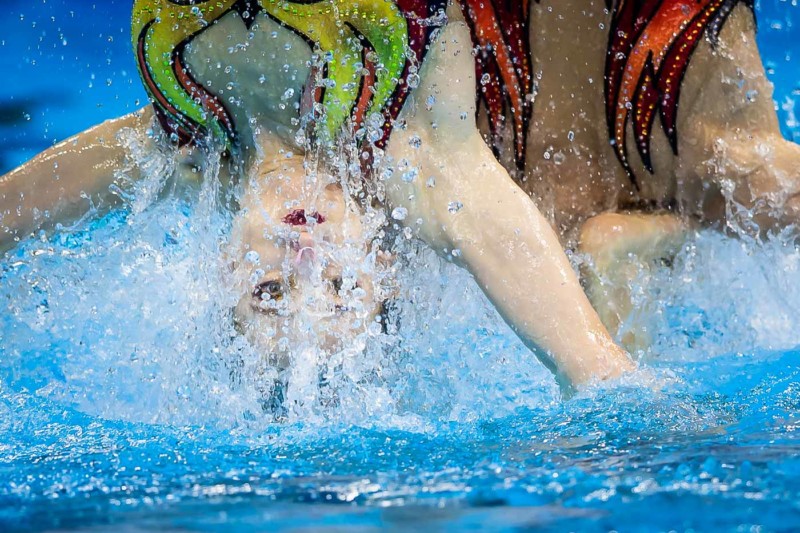
Common issues in focusing techniques
I hope to share some useful tips to help people understand their camera autofocus system more in order to nail action shots perfectly. It’s a common issue that people fail to understand their camera gear and its capabilities. Thinking that buying expensive camera gear will produce wonderful photos just isn’t going to make the cut.
Do you encounter the frustration of photos not being as sharp as you wish they were?
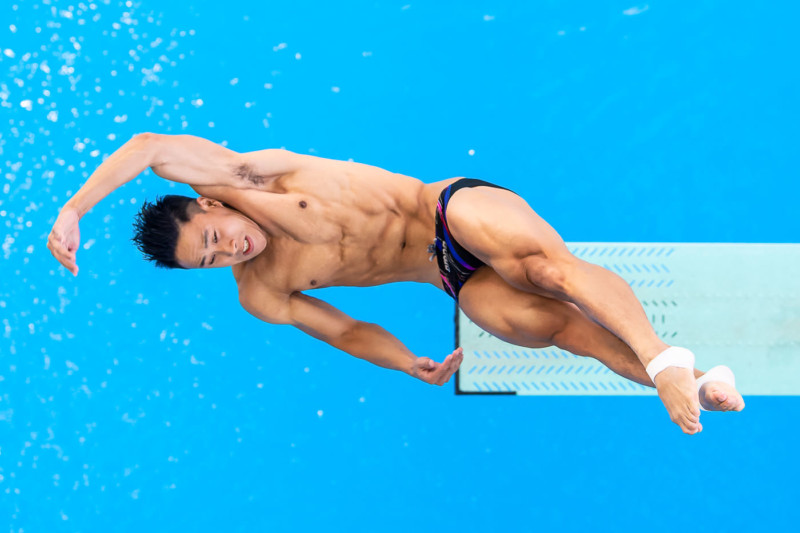
Perhaps these focusing problems didn’t magnify until you start to shoot action shots, pushing your camera to its full potential. Athletes zooming past your eyes in that split second and you just fire off your camera all the way. When you review all the shots you captured, they are just not 100% in focus and have a slight blur. Now you wonder how sports photographers nail their action shots so flawlessly.
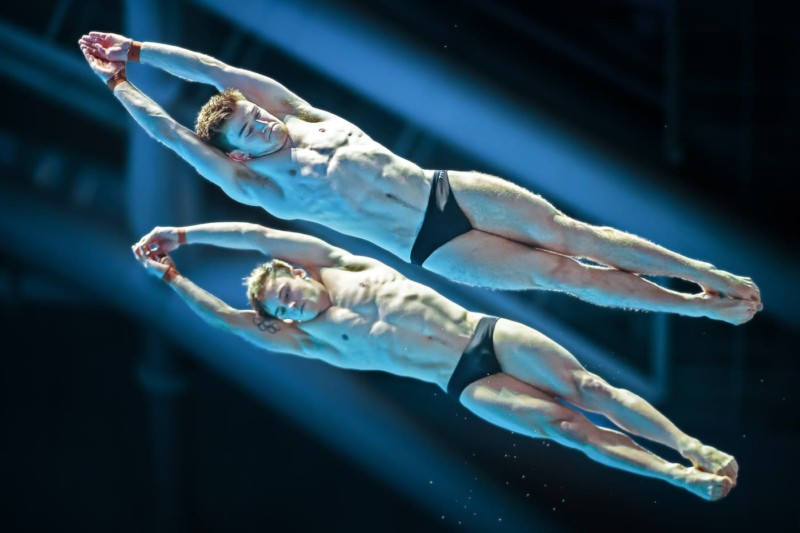
The camera autofocus system
Most of the DSLR or mirrorless cameras out there should have these two autofocus options called Continuous Servo AF (AF-C) and single area AF (AF-S). For sports photography, we just stick to AF-C. AF-C focus is designed for your camera to track your subject while you half-press your shutter button or the back focus button.
I’ll be doing an explanation of the autofocus system using a Nikon camera as an example. Other brands will have similar functions but things might be named differently.
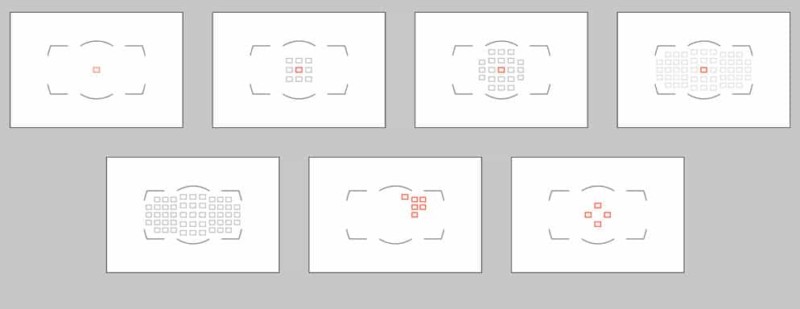
Single point AF: The camera only focuses on the single selected point and will only reacquire focus again if your subject moves. This is useful when you need to track a very precise area of your subject.
Dynamic-area AF (9-point, 25-point, etc.): The camera focuses on the point at which you acquire focus on your subject and the extra surrounding points help to maintain focus if your subject moves out of the center point. The dynamic-area range will depend on what your camera offers. This is useful for sports action that has a lot of movement up and down the field. Extra dynamic range area helps to track your subject better.
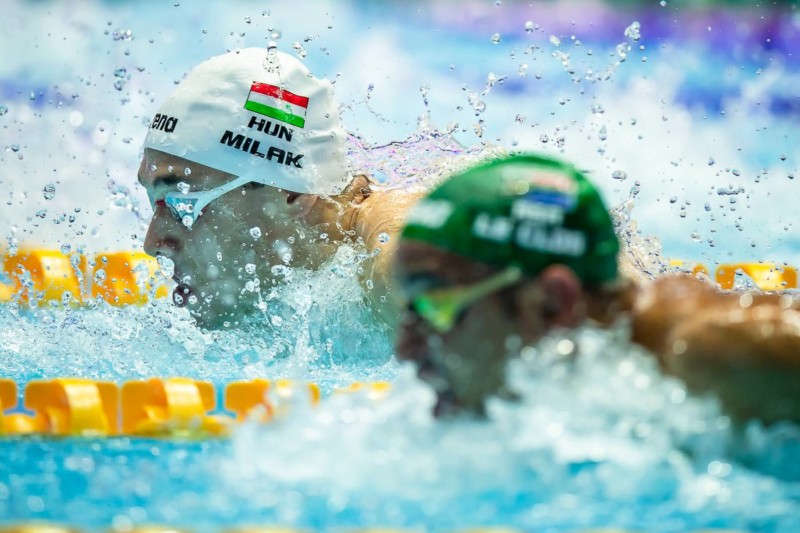
3D tracking: The camera will acquire focus on your subject and continue to track the movement of your subject in all the available focus points in the system. This is useful for tracking the movement of non-contact sports subjects. It could be very challenging for sports like rugby where too many players are clustered together. This option will need to be evaluated according to the sport you are shooting.
Group-Area focus: The camera uses the assigned group points to acquire the focus of your subject and focus on the nearest area from the camera. For example in basketball, if the player is holding on to the basketball blocking his face, the camera will focus on the ball instead of his face. This is useful for non-contact sports and could be challenging for contact sports tracking. If any player enters the frame of your focusing point during the action, your camera might focus away if the other player is closer to you than your intended subject.
Auto-area AF: The camera auto-detects your subject and selects the focus point for you to track. The priority of this focus mode will be any subject face detected. This mode can be very challenging for contact sports where players cluster together. The camera might not be able to focus on your intended subject.
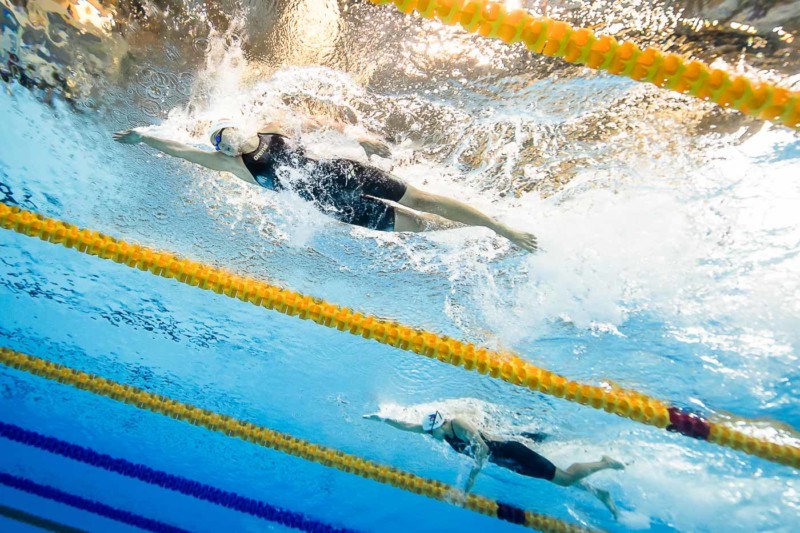
Benefits of AF-on button
It doesn’t matter whether it is shooting for sports or other photography genres, the AF-on setting improves the way you lock focus to your subject and can help you be a better photographer.
When the AF-on button is pressed, your camera will lock focus onto your subject until the shutter button is pressed. This also enables extra time for you to lock on to your subject without firing off your camera or accidentally firing off unnecessary frames.
The AF-on button also acts as a pre-focus button to initiate the focus and locks it like manual focus when the button is not hit again. This is extremely useful if you know your subject is at that spot and not going to move, you can fire shutter right away without your camera refocusing again when you press the shutter button.
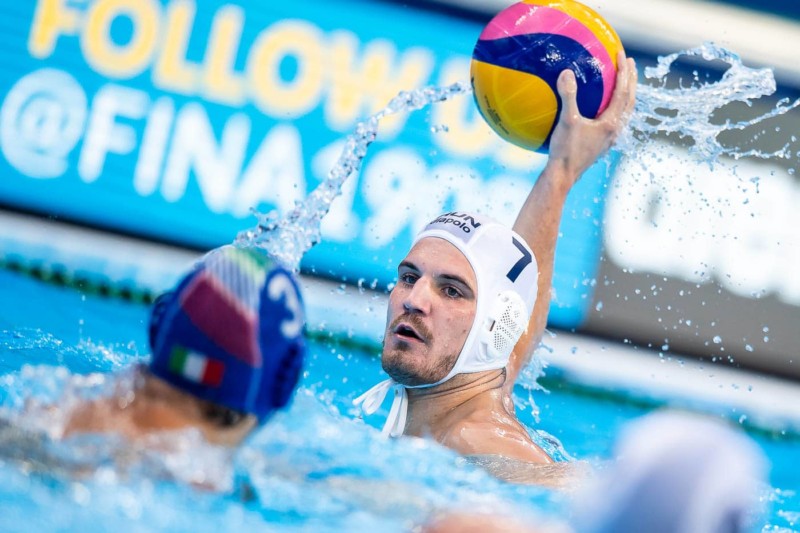
Fast shutter speed isn’t everything
Shutter speed determines how long the shutter of your camera remains open to capture your subject. Theoretically, if the subject is moving fast, as long as the shutter speed is set to fast such as 1/1600, 1/2500, or even 1/3200 shutter speed, you should be able to freeze the action right? The answer is partially right — you might freeze the action but your subject is not 100% in focus.
Having a fast shutter such as 1/1250 does help to an extend of freezing the subject to prevent motion blur. It’s important to use the right autofocus mode to acquire proper focus so you freeze your subject in a sharp photo.
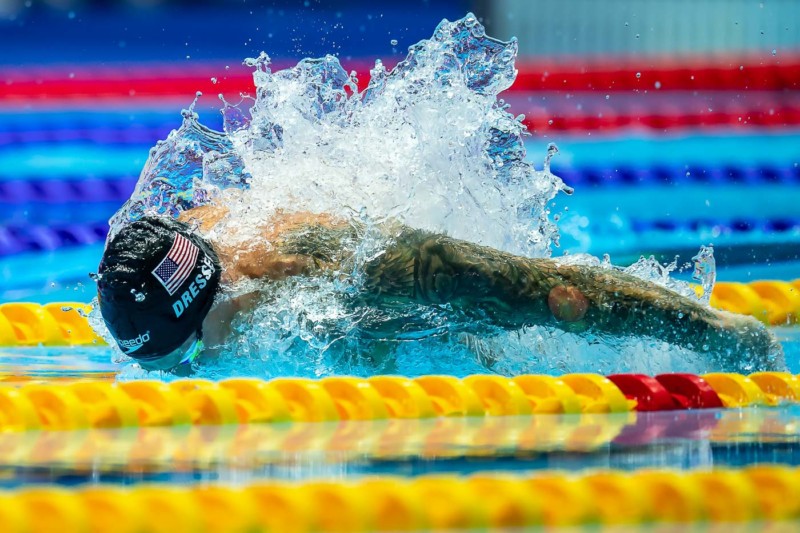
High frame rate
Have you heard of spray and pray? This is a term to describe people who fire off many shots on their camera and hoping to have some good keeper shots out of the many frames shot.
Can you imagine if your camera didn’t lock focus properly on your subject? You will end up with tons of out-of-focus images when you are done. Worse still, your memory card may get fill up halfway through the events. And thinking about the number of photos you’ll need to go through to select those few keepers after you get home will be a nightmare.
Generally I only fire 2 to 3 shots for each frame of action. Owning a camera with 12 fps or even 20 fps doesn’t matter you have to fire it like a machine gun. It will only cause your camera buffer to fill up fast and slow down your camera, as well as take up unnecessary space in your memory card and hard disks.
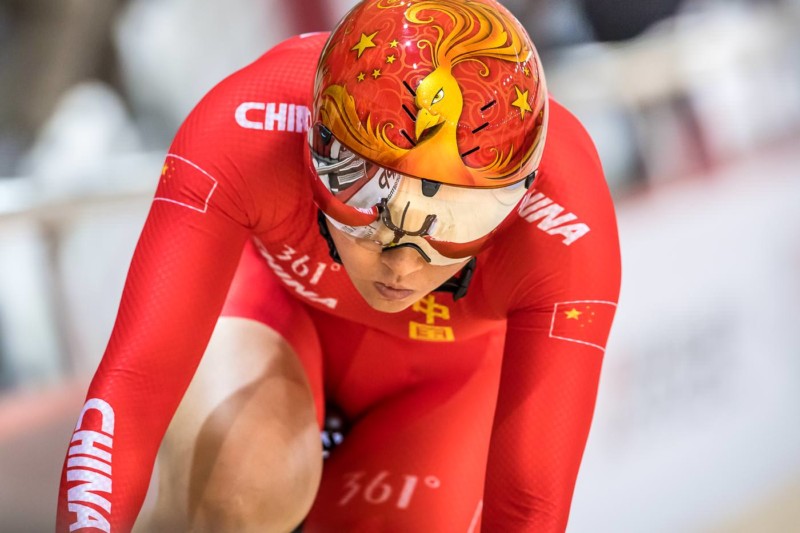
#6. Subject movement direction
Tracking subjects moving towards your direction in frontal view is challenging for even the flagship camera of any brand. The closer the subject is to you and the faster they move, the harder for the camera to maintain its focus. This doesn’t mean your camera can’t track any frontal view direction at all, but the keeper rate just might be lower than tracking subjects moving in a sideways direction.
Subjects moving from side to side direction (e.g. left to right) are generally easier for a camera to continually track the movements of and lock focus as the focus distance plane is about the same. The keeper rate of your photos should be much higher.
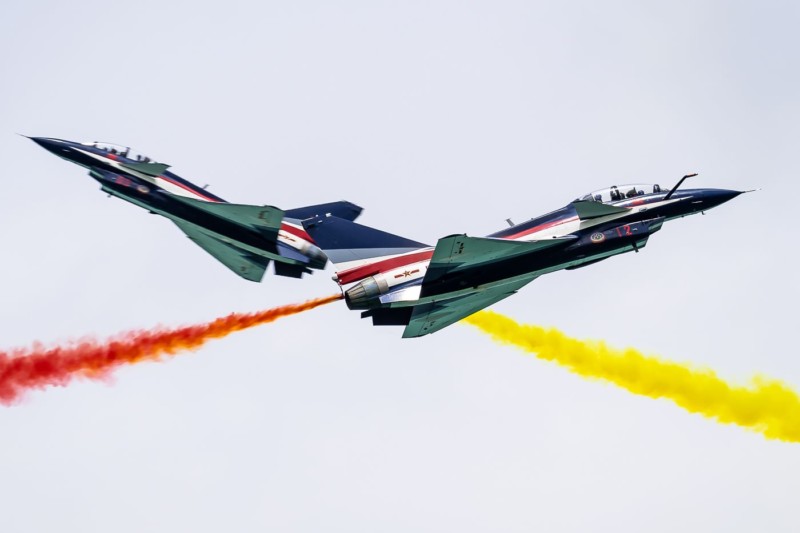
Learning from mistakes
Reading articles and learning new tricks and tips are always great, I enjoy doing that. But photography isn’t just theory — what’s more important is you reviewing your own images and learning from there. When you review your images, you try to study whether the camera settings you used helped you to achieve your goals. If not, you can try another setting at your next shoot. There will be a lot of trial and error to figure out what works for you and the sports you are shooting.
But if in doubt, just start with 9 AF-C points. This mode has never failed me in most of the shooting conditions I’ve found myself in. Happy shooting!

About the author: Andy Chua is a professional photographer based in a Singapore. The opinions expressed in this article are solely those of the author. Chua’s portfolio is 70% sports, and he has covered both local and overseas international meets. His sports work also won several awards in IPA over the years and has been published in different platforms. In addition to sports, he also shoots underwater photography, automotive, products, interior, etc. You can find more of Chua’s work on his website. This article was also published here.